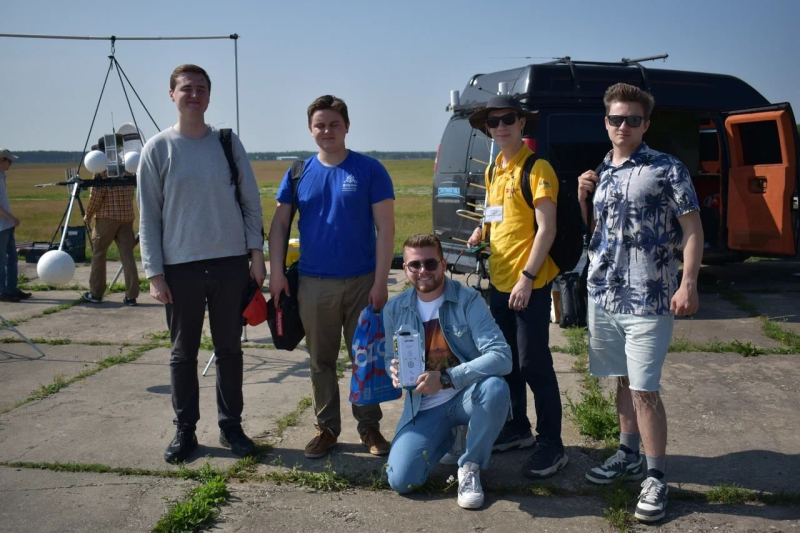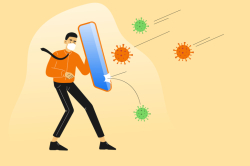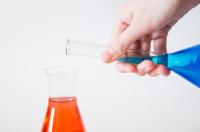In the stratosphere, the gravitational forces affect astronauts' bones by causing them to grow differently than they would on Earth, often leading to osteoporosis – a health condition characterized by insufficient bone tissue metabolism and lack of bone strength.
To study the issue, the students simulated bone tissue growth in reduced gravity by using a model of the periodic and ordered precipitation of hydroxyapatite (the main mineral contained in bones and teeth). When mixed with other substances (e.g., gelatin and collagen), the mineral forms an insoluble precipitate, better known as a Liesegang ring, which is a common feature in agate and jasper rock formations.
In the stratosphere, characterized by low temperature, gravity, and pressure, these rings are shaped differently than on Earth, essentially mimicking the growth of bone tissue in space. This was found during the previous launch, which took place on November 19. Back then, the students sent hydroxyapatite samples into the stratosphere to analyze the precipitation of hydroxyapatite on Earth and during the flight. This time, special silk proteins were added to one sample and a L-ascorbic acid to another. It is expected that the added compounds will help to slow down the destruction of bone tissue caused by the low gravity.
For this experiment, the participants collaborated with the team Bioendurance. Apart from Daudi Dauddin, the head of the project and a student of ITMO’s ChemBio Cluster, the team also included Daniil Silin, an infochemistry student at ITMO, who was responsible for the chemical aspects of the project. The experiment was supervised by Ekaterina Skorb, the head of the university’s Infochemistry Center, and Svetlana Ulasevich, an associate professor at the center and the head of the biomimetic materials group. Students from the Bauman Moscow State Technical University Artyom Sannikov, German Yangalin, Nikita Volkov, Roman Sadovec, Nikita Shirokopetlev, Gleb Pankin, Ilya Danovskiy and Lev Puchkasov designed and assembled the satellite, while Damir Safarov from School No. 1535 and Roman Arduvanov from School No. 18 were in charge of its software.
The experiment
The scientists ran two experiments: in the stratosphere and in a laboratory. Once the team prepared hydroxyapatite samples, they then added fibrous proteins from silk worms and L-ascorbic acid to the system. The proteins, which were provided by the project head’s company Silkins, were to act as cryoprotectants, whereas the acid was vital for the natural formation of connective and bone tissue.
In order to study how these compounds form hydroxyapatite crystals in both environments, the researchers modeled a stratospheric satellite. The samples were placed in CubeSat, a box-shaped satellite for space exploration, which was supplied with a number of devices, including positioning, temperature, and radiation sensors, as well as a camera that recorded the process of tissue formation during the flight.
The team’s CubeSat, as well as all other satellites participating in the educational initiative were attached to an aerostat (an aircraft that obtains its buoyancy using heated air). Once the aerostat ascended to 23 km, the balloon burst and sank to the ground using a stabilizing system. It traveled 49 km from the launch site and was located using GPS. After it was tracked, the samples were delivered to the laboratory for further analysis. In total, the aerostat was in the air for approximately one and a half hours.
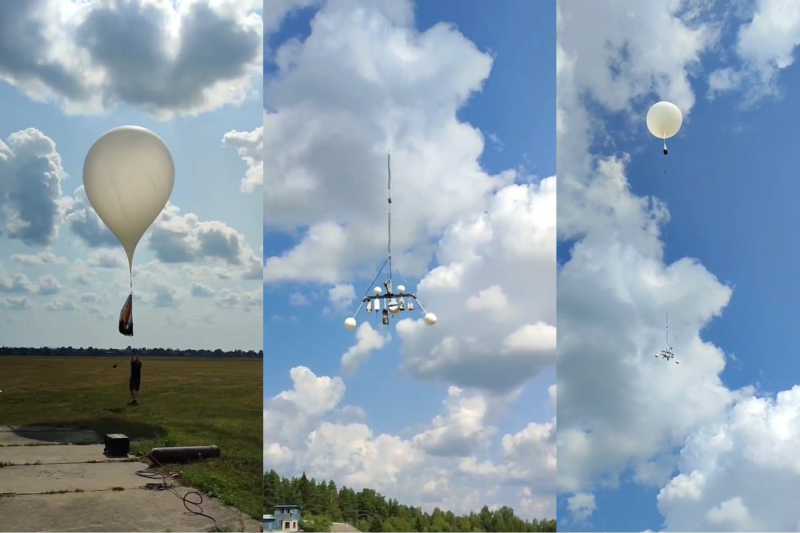
The aerostat in flight. Photo courtesy of Daudi Dauddin
Prospects
The researchers will now need to analyze the hydroxyapatite crystals formed during the experiment using scanning electron microscopy, X-ray phase analysis, and infrared spectroscopy, as well as to compare the procured samples with those from the laboratory.
Thanks to the experiment, the researchers will be able to better understand the processes of mineralization and bone tissue formation in low gravity – and potentially use the crystals as bone structures in tissue engineering.
“We expect fibroin proteins to help reduce bone loss in the stratosphere. The laboratory tests showed that a certain concentration of fibroin can make hydroxyapatite structures more ordered. In a sense, the process recreates that of the strengthening of bone tissue. We believe that fibroin proteins should reduce the destruction of hydroxyapatite crystals and increase the proliferation (accelerated differentiation) of osteoblasts that form bone tissues,” explained Daudi Dauddin, a student at ITMO’s ChemBio Cluster.
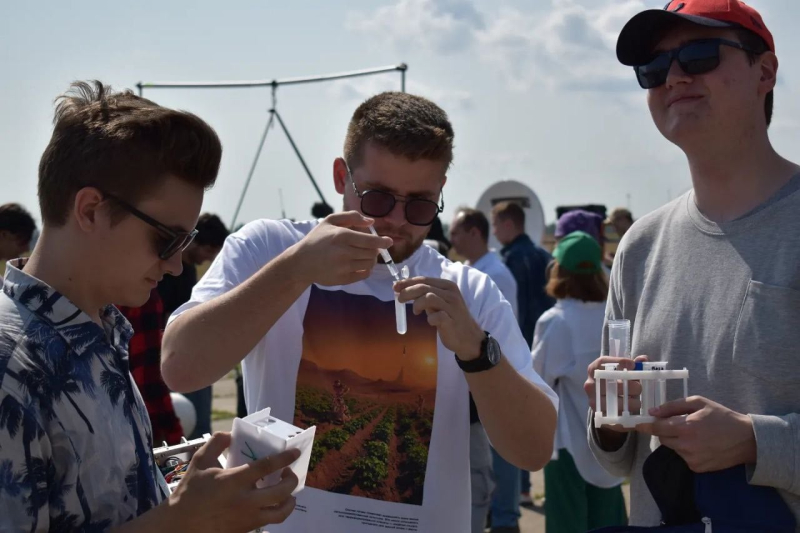
Launch preparations. The team members (left to right): Artyom Sannikov, Daudi Dauddin, and Daniil Silin. Photo courtesy of Stratonavtika
The results of the study may potentially be used to create injectable bone-healing drugs to prevent bone loss in space and treat osteoporosis.
The launch was held as part of Aerospace Engineering School – a competition organized by Lomonosov Moscow State University and the Fund for Support of Science and Education in Russia "Cassiopeia" to interest students in aerospace studies and adjacent fields.
